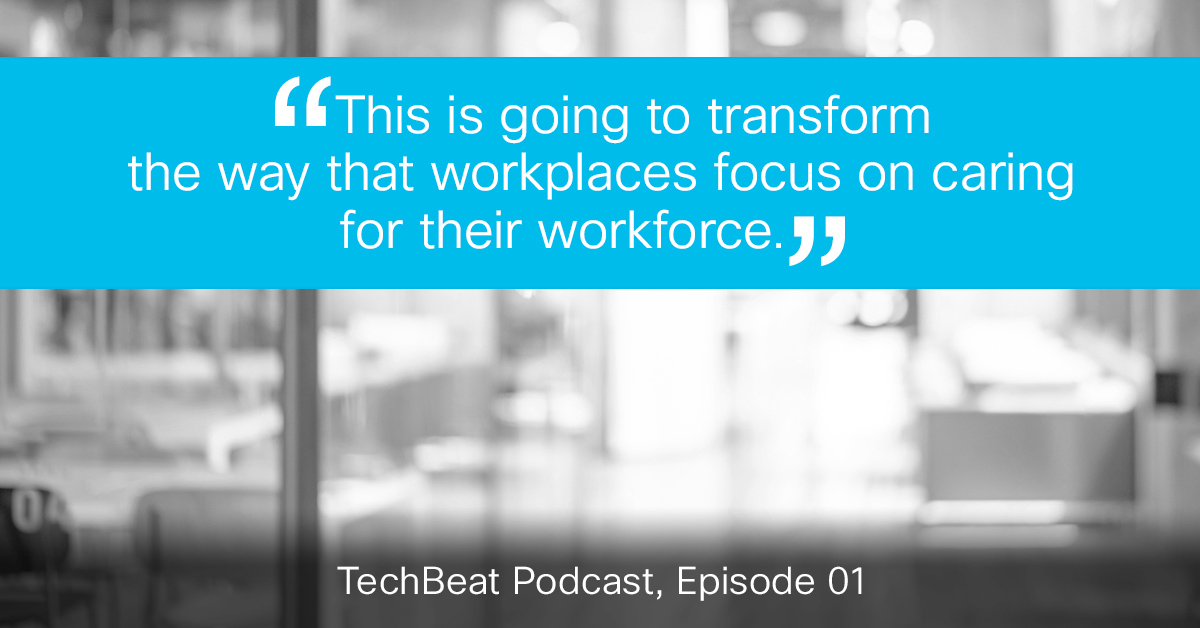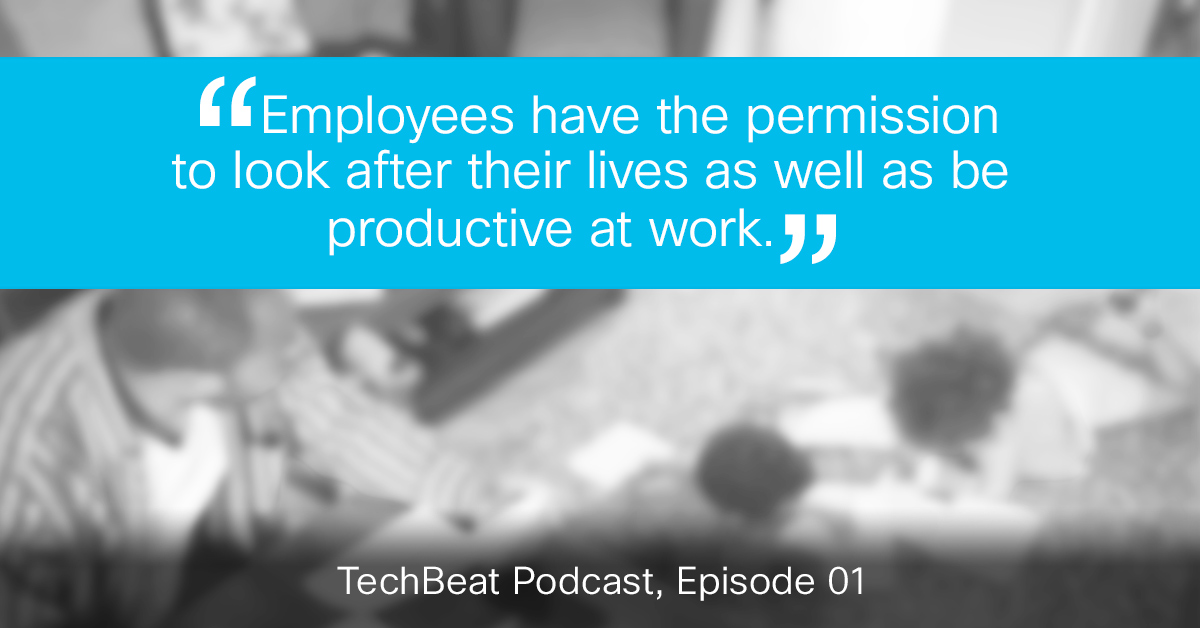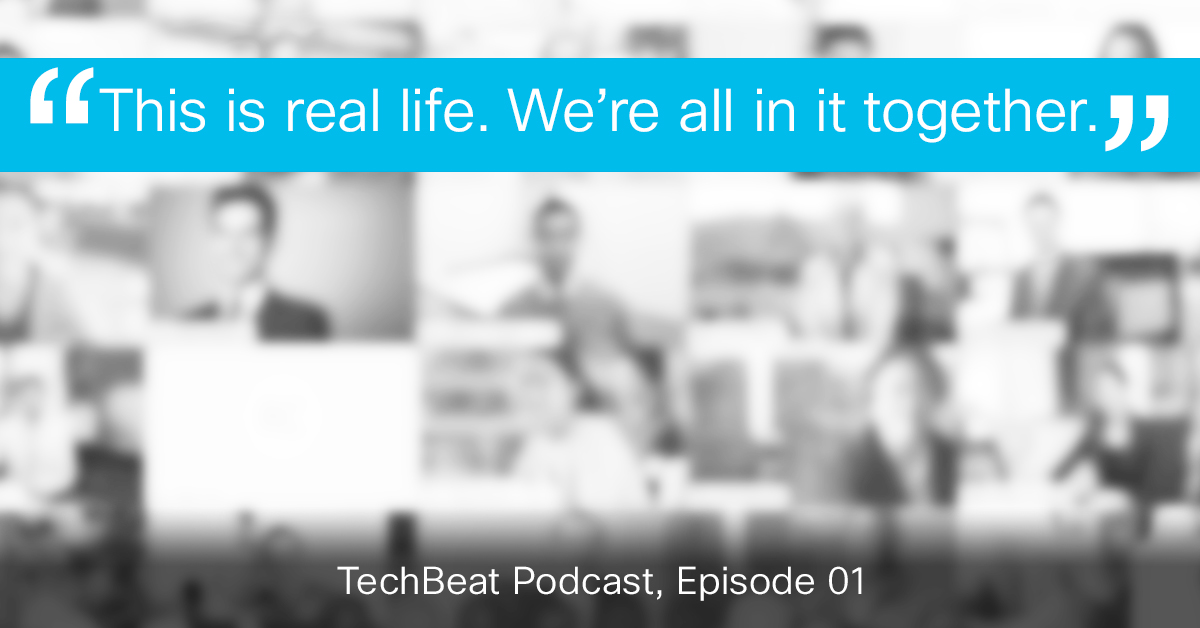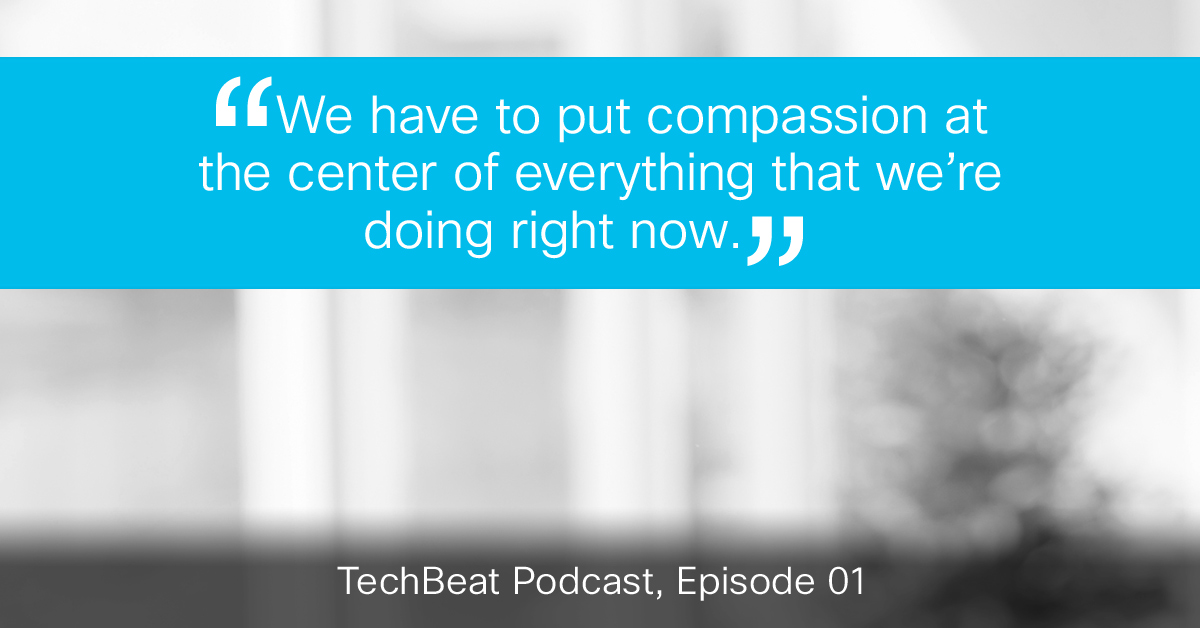Read the in-depth article:
Anytime workers move from offices to home there are bound to be issues. But do it in a few short weeks for almost every workforce on the planet, and problems get compounded in ways no one could have imagined.
Among the most challenged are business leaders. For many accustomed to seeing their teams across a meeting room or office space, the seismic shifts of the Covid-19 pandemic have been jarring.
But leaders can still be motivating, engaging, and, especially, compassionate, even when managing far-flung, virtualized teams under the most difficult conditions.
“This is really unprecedented territory,” said Mika Cross, vice president of employer engagement and strategic initiatives for Flexjobs, “even for the most seasoned remote work company, organization, or leader transitioning their teams to a new way of working. But all of these things are developing a new culture for us, and it presents opportunities for managers.”
But how can leaders meet the steep challenges and capture those opportunities?
We sought key insights from three senior leaders who are exceptionally well versed in the complexities of leading remote teams — Cross; Cisco Chief Communications Officer Stella Low; and Cisco Chief Information Officer Jacqueline Guichelaar. Together they offer a way forward for managing virtual teams under highly challenging conditions.
Lead with compassion
Today’s workers are coping with everything from home schooling and sick parents to isolation and fear. So transparency and consistent messaging are crucial.
“When you’re in a crisis, you want to communicate with your teams more than ever before,” said Low, “and to show more flexibility. We’re having big meetings where we’re talking about strategy and keeping people informed. We’re also having smaller meetings. We’re giving people time at the beginning of meetings to tell us how they’re feeling, and connecting at the individual level.”
Guichelaar agreed, stressing that it’s essential for a manager to suss out the emotional dynamic of a team, especially in a rapidly changing environment such as this. “Just have empathy for your team,” she said.
“As a leader,” she added, “I started asking my team in every single meeting, ‘How are you doing?’ And they keep answering, ‘Well my project...’ This and that. And I’m like, ‘No, how are you doing?’ First of all, look after them from a personal point of view because everyone’s got a different situation. It’s either a child, or a parent, or they’re on their own.”
Moreover, understanding needs to be consistent, starting with the senior leadership team. "Transparency starts from the CEO downwards," Low stressed. "It gives everyone permission to demonstrate those right behaviors in a situation like we have today."
Flexible tools for virtual teamwork
Collaboration tools like Webex make it all possible. And the more flexible they are the better. Video, for starters, conveys those all-important, non-verbal gestures. But integrated instant messaging, smart boards, and real-time document raise the bar for high-level collaboration.
“People are starting to feel very isolated,” said Low, “They’re not seeing anyone. We have an integrated platform where we can message people as well as see them. That kind of fun and productive work is happening in real time, and we have lots of team rooms that do that. I can't imagine being able to have that kind of interaction and creativity going on with just people on their mobiles.”
As Cross said, a team can all but recreate the in-person experience, by “leveraging those collaboration tools for a ‘water-cooler’ effect.”
“There are really practical and easy ways,” she said, “to lift what you are doing already in a brick and mortar environment, and replicate them. Even if it’s just trial and error, perhaps hosting a virtual coffee break where you’re inviting people to just connect one-on-one in a personal environment. Set the expectation that it’s just a casual conversation.”
Low added, “I’ve seen Webex wine Wednesdays, virtual happy hours, and on my team, we’ve been doing cocktail hours. It’s making sure that we have that human connection. We have people who are on their own right now. We have people who are dealing with small kids, elderly parents, sick folks. And we just want to make sure that we bring an element of fun to the week.”
It’s an approach that has proven medical merits as well, she added. “We had a doctor say on one of our sessions recently that laughter helps strengthen your immune system.”
‘Collaboration without compromise’
Confidence in the network and the collaboration tools is a must. In order to scale quickly, the foundation needs to be solid.
“We designed Webex around the concept of collaboration without compromise," said Guichelaar. “And I know other CIOs do the same around their environments. But I would say that you have to just focus on security more than you ever have before. And that’s hard to say, because it was hard to keep up with before this happened.”
Human nature being what it is, hackers are exploiting the current situation in some disturbing ways.
“It just exaggerates the problem,” Guichelaar added. “In the month of March, our normal Webex usage went up from the normal usage to 2.5x, to 4x, to 3x depending on the region — APJC, Japan, et cetera, EMEA — which is pretty staggering. So in order to scale at that level, you need to make sure your platforms are secure.”
Security can’t just be bolted on afterward, added Low; it needs to be at the core of every technology or solution.
“It’s not an afterthought,” she stressed. “And I would urge people to choose those platforms and not be sorry later. Let’s not let [cyberthreats] get in the way of the good things that we’re trying to do.”
Digital transformation to the rescue
Of course, today’s pandemic highlights the critical need for digital transformation, especially to support the demands of remote work. Organizations that are further along on that journey are faring better. And moving forward, all leaders will likely press for greater change.
“I think this will give us an opportunity to strengthen the strategic imperative for why flexible and remote work programs and policies are important to implement even when there’s not an emergency,” said Cross. “When we come out on the other side of the post-pandemic workplace, people are going to be embracing more options so that they will be able to pick up and continue working no matter what.”
Indeed, what was touted for years as the “future of work” has been thrust into an acutely challenging present, in which new ways of working are not just a luxury but essential to business continuity.
“I think there’s been a huge realization amongst many organizations that this reliance on technology is not going to go away,” said Low. “It’s actually going to get deeper as time goes on. And we’re going to see a real sea change into the new normal and beyond. For the post-pandemic world, people will be trying to figure out what’s important to us. Is AI the most important thing or is actually getting the infrastructure in place so that we can always be up and running in every scenario.”
Conscious culture: the secret sauce for remote leadership
Of course, digital transformation is about way more than technology change. In the past, culture change had often been the hardest — and slowest — part of the process. But these days that’s not an option.
“Implementing technology I always say is the easy part,” said Guichelaar. “The hard part is the cultural part. How do you get people to jump onto a new platform, embrace a new platform when they've worked in a certain way for 20 years? But look at us now, right? We are embracing technologies, and no one’s even thinking about the cultural impact, they’re just doing it.”
Indeed, the Covid-19 pandemic is a global tragedy of nearly unfathomable scale. Yet it’s bringing people together in deep ways, while revealing some new and better ways to work.
“I am a firm believer that the way that we’ve been working in the last 50-plus years is very dated,” Cross argued. “We can focus on productivity and accountability while keeping our workforce engaged and also cared for. Those are not soft benefits, nice to have anymore. Emotional wellbeing, mental health issues, regular health issues, all contribute to productivity and how we deliver our mission to our customers.”
For leaders, it’s an opportunity to step beyond an outmoded hierarchical approach and embrace a more flexible, conscious style of management. Along the way, the creative power of the best talent will shine like never before.
“We talk about conscious culture,” added Low, “it’s about putting compassion into our leadership toolkit. It should always be there, by the way. But we have to put compassion at the center of everything that we’re doing right now. In the new normal, every single one of us has got to be conscious of this.”
As Guichelaar concluded, even a tragedy can bring about positive change. And she’s heartened by the ways in which people have stepped up to tremendous challenges. It’s a response that could bode well for a better future, post-pandemic.
“There’s something about the current crisis situation that inspires me in a way,” she said. “There’s this thing that’s happening in the world that we can’t control, yet we are all changing the way that we work, and we’re all learning about ourselves, about how we work with each other, and about the communities and the world.”
###
We welcome the re-use, republication, and distribution of "The Network" content. Please credit us with the following information: Used with the permission of http://thenetwork.cisco.com/.









